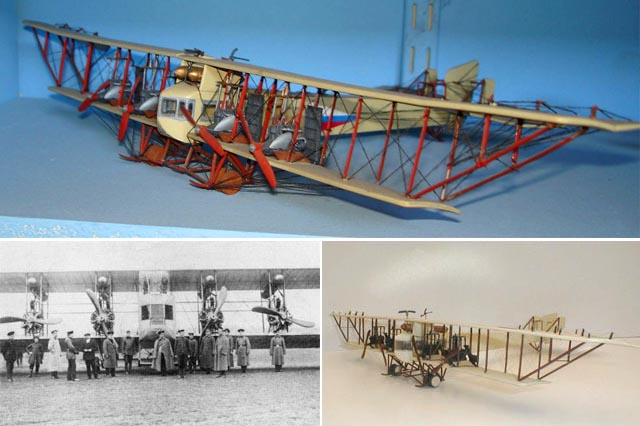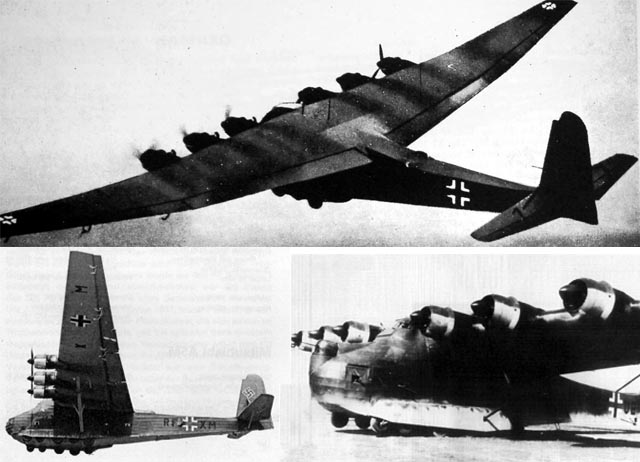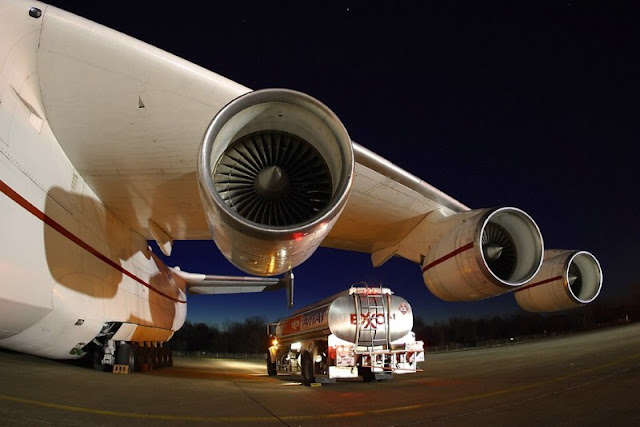The super yacht that comes with its own VOLCANO: Multi-million pound boat which is a paradise island
By Daily Mail Reporter
This is the next super-yacht set to hit the world's oceans - which comes complete with its own functioning volcano and floating tropical islands.
The vessel - dubbed the 'Tropical island Paradise' - has been designed by British boat builders Yacht Island Design, from Derby, Derbys - some 90 miles from the sea.
The extravagant 295ft ship boasts a towering volcano with a cascading waterfall which feeds the swimming pool.

Luxury: This yacht will soon be cruising the oceans with its very own floating tropical islands
|
Friday, July 29, 2011
Coming Soon Paradise Island Yacht
Thursday, July 28, 2011
Rakhi Sawant desires to marry Yoga guru Baba Ramdev

Controversial Bollywood actress and TV personality Rakhi Sawant expressed her willingness to marry Yoga guru Baba Ramdev. While addressing mediapersons on the sidelines of a promotional event in New Delhi, Sawant spoke of how she also admired Congress General Secretary Rahul Gandhi. The Drama queen admitted that Ramdev's yoga sessions have made an impact on her life.
Friday, July 22, 2011
Cake Sculptures
Now THAT is the icing on the cake! The stunning sponges that look too good to eat
With their elaborate sugar-spun details, these sweet treats are certainly not a piece of cake to make.
And clay-sculptor Karen Portaleo's stunning cakes are guaranteed to satisfy any sweet tooth.
Despite Karen having no formal culinary training, the lead decorator and her team from the Highland Bakery in Atlanta, Georgia, always rise to the occasion.

With their elaborate sugar-spun details, these sweet treats are certainly not a piece of cake to make.
And clay-sculptor Karen Portaleo's stunning cakes are guaranteed to satisfy any sweet tooth.
Despite Karen having no formal culinary training, the lead decorator and her team from the Highland Bakery in Atlanta, Georgia, always rise to the occasion.

Monday, July 18, 2011
Flying Cars Coming Soon
A drive in the clouds: Flying cars could be in UK skies in five years
It's a concept that's been around for decades but never really seems to get off the ground.
But aviation experts are now saying a flying car could be in regular use in the UK within five years after a model was formally approved by U.S. authorities.
The $250,000 (£155,000) Terrafugia Transition is a two-seater aircraft which has a top speed of 115mph, a range of 500 miles on a tank of fuel and requires just 20 hours training to fly.
Scroll down for the video

Nice wheels: The Terrafugia Transition sits in the driveway of a house... but it will still need to be washed every Sunday
It's a concept that's been around for decades but never really seems to get off the ground.
But aviation experts are now saying a flying car could be in regular use in the UK within five years after a model was formally approved by U.S. authorities.
The $250,000 (£155,000) Terrafugia Transition is a two-seater aircraft which has a top speed of 115mph, a range of 500 miles on a tank of fuel and requires just 20 hours training to fly.
Scroll down for the video

Nice wheels: The Terrafugia Transition sits in the driveway of a house... but it will still need to be washed every Sunday
Sunday, July 17, 2011
Use of Google affecting our memory

New York, July 15 (ANI): Researchers have found that the widespread use of search engines and online databases is affecting the way people remember information.
To know whether people were more likely to remember information that could be easily retrieved from a computer, Betsy Sparrow, an assistant professor of psychology at Columbia and her collaborators, Daniel M. Wegner of Harvard and Jenny Liu of the University of Wisconsin, Madison, staged different memory experiments, reports the New York Times.
In one experiment where participants typed 40 bits of trivia, the team found that the subjects were significantly more likely to remember information if they thought they would not be able to find it later.
"Participants did not make the effort to remember when they thought they could later look up the trivia statement they had read," wrote the authors.
A second experiment was aimed at determining whether computer accessibility affects precisely what we remember.
"If asked the question whether there are any countries with only one colour in their flag, for example," the researchers wrote, "do we think about flags - or immediately think to go online to find out?"
In this case, participants were asked to remember both the trivia statement itself and which of five computer folders it was saved in. The researchers were surprised to find that people seemed better able to recall the folder.
"That kind of blew my mind," Dr. Sparrow said.
The experiment explores an aspect of what is known as transactive memory - the notion that we rely on our family, friends and co-workers as well as reference material to store information for us.
The Internet's effects on memory are still largely unexplored, Dr. Sparrow said, adding that her experiments had led her to conclude that the Internet has become our primary external storage system.
"Human memory," she said, "is adapting to new communications technology." (ANI)
Courtesy: yahoo.com
Thursday, July 14, 2011
Subscribe to:
Comments (Atom)



















































